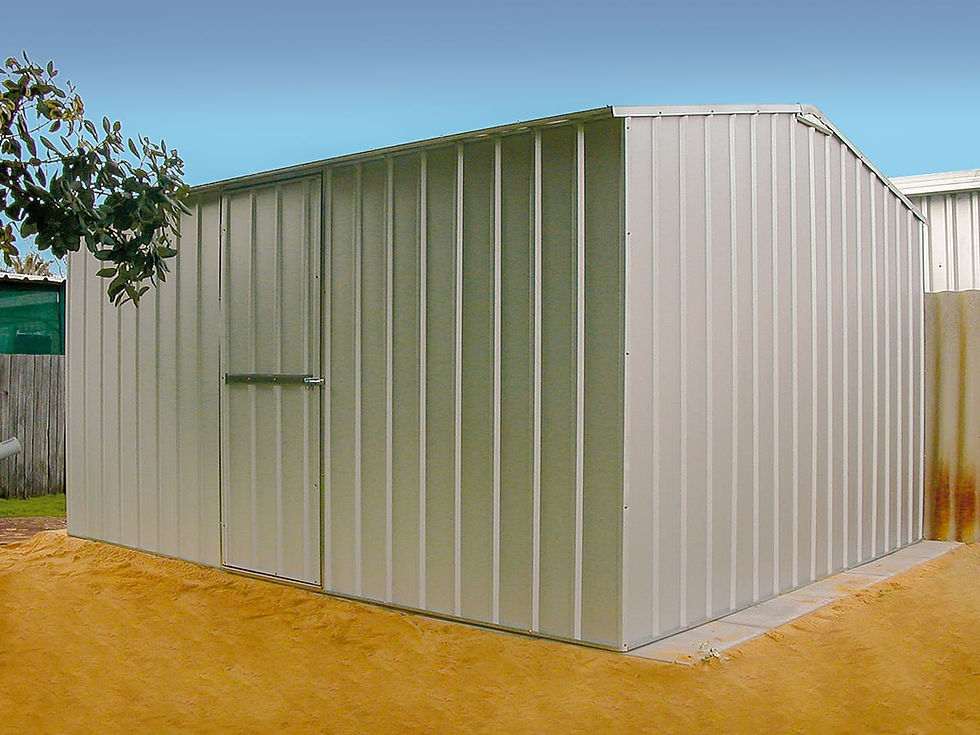Top five applications of evaporative cooling systems
- Kiera Peterson
- Sep 30, 2021
- 3 min read
Updated: Oct 29, 2025
You may not be familiar with the term evaporative cooling, but the fact is that it's all around you. In its simplest form, evaporative cooling refers to the cooling of a system by water. Because no refrigerants or compressors are required, the system does not generate additional heat. Evaporative cooling has been used since ancient Egypt to provide natural cooling. Over typical air conditioning technologies, evaporative cooling offers a more energy-efficient, ecologically friendly, and cost-effective cooling alternative.

When it comes to everyday life, where exactly does this evaporative cooling technique come into play?
Agricultural storage: Providing practical and inexpensive storage technologies can avoid food losses, enhance the perishable food supply chain, and generate additional money. Vegetables can be kept fresh by using evaporative cooling devices, which are affordable and straightforward to use. Evaporative cooling is the underlying idea behind these devices. As a result of the low temperature and high humidity, evaporative cooling can prolong the shelf life of most crops. In addition to reducing post-harvest losses, reducing travel time to the market, saving money, and an enhanced storage environment can also increase the availability of vegetables for consumption.
Meat and dairy farming industry: For egg-laying hens, broilers, or free-range chicken, evaporative cooling has been proved to boost production and efficiency rates in chicken coop buildings. Cool temperature reduces the heat stress of cows, which eventually ensures enhanced milk production. The fact that piglets and broilers do not have sweat glands should be considered for meat production. A lack of proper management of their habitat can cause them to overheat. From small, artisan farms to primary agricultural operations, it's critical to keep these animals cool to ensure production meets the quality and quantity needs of the food chain.
In greenhouses: High ambient temperatures and excessive solar radiation during the summer months are significant concerns for greenhouse growers. Choosing a cooling system that is both effective and inexpensive is crucial to the success of greenhouse farming and the return on investment—typical greenhouses which use such evaporative cooling techniques like fogging, misting, and fan-pad cooling. Water is immediately sprayed into the air or sprayed onto a moist surface in all of these ways. It also offers healthy options in the food supply chain as growers search for year-round crop growth possibilities.
Datacenters: For the sake of optimal temperature control in data centres, evaporative cooling can be advantageous. With a simple system of low-cost fans that suck air through filters kept moist by a falling stream of water, a low-cost cooling method for data centres can be created. After the water evaporation, colder air will be forced into the data centre. It is long being employed as an environmentally acceptable alternative to regular air conditioning as they do not require refrigerants the harmful chemicals. Electricity consumption is also reduced significantly, and the units themselves are easier to maintain and run.
Modern gas turbine technology: Power firms in southern climes are aware of the impact evaporative cooling may have on turbine performance. So, many seek these opportunities in the development of evaporative cooling. Power can be increased by cooling combustion air at a gas turbine plant. Simply chilling the intake air, it's feasible to recover as much as 15 per cent of lost power using an evaporative cooling system and an ambient dry bulb temperature of 95°F. Therefore, many intend to install an increasing number of evaporative cooling units so that more turbines can be placed quickly.

Final words:
Evaporative cooling is a great choice for consumers who are looking for more eco-friendly options. It avoids harsh chemicals and uses the same principle as nature uses a similar methodology to cool the human body through perspiration. Similarly, evaporative cooling provides thermal comfort, traditionally one of humankind's most basic cooling methods.








Useful post! Any recommendations for reliable hot water service Melbourne providers?